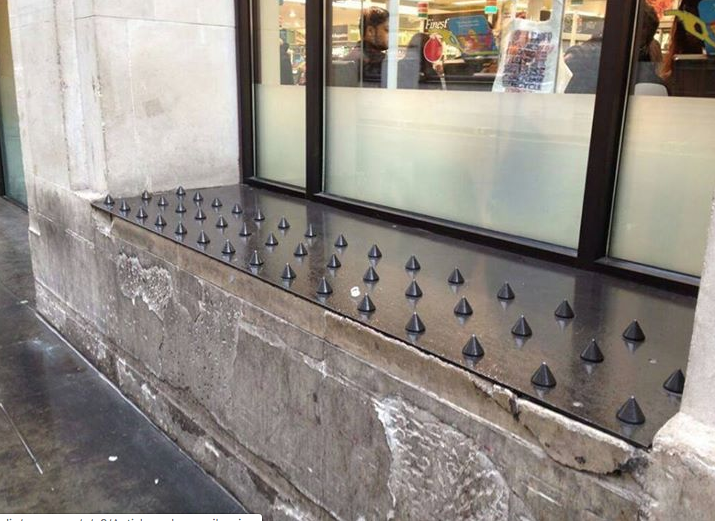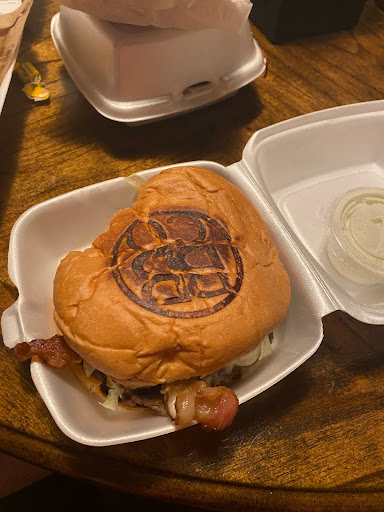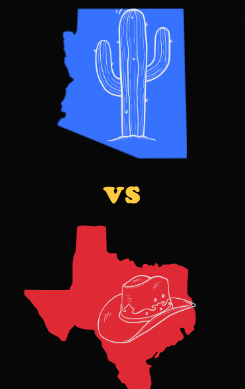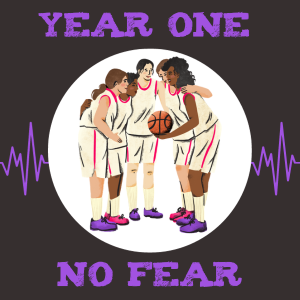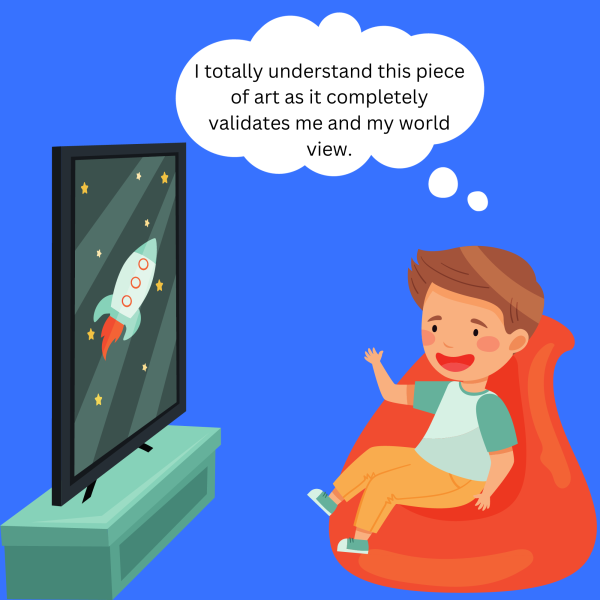Homeless Swimming in Hostile Waters
The Impact Hostile Architecture Has on Society
February 25, 2020
Around any city, there are spectacles to see in every direction. Whether it be parks, cafes or museums there is a vast array of sights to enjoy. However, if you take a moment to actually observe, you’ll start to notice more discouraging aspects of the environment you’re in.
Across the globe, cities are putting forth an effort, known as hostile architecture, to dissuade and deter certain behaviors and groups of people. Hostile Architecture can be defined as deliberate design that is used to influence activity in a certain area through aspects of the buildings and structures themselves. It has been used for many different purposes but the most reoccurring examples of it include anti-homeless spikes, benches with armrests that prevent laying down, and rocky pavements, all of which are used to inhibit homeless people from sleeping in places. These construction designs are inhumane and actively harm marginalized groups.
Making life needlessly harder for those already down on their luck is cruel and meaningless. These things don’t solve any problems, rather brush them under the rug. The homelessness crisis won’t be resolved by hostile architecture. Moreover, this is the laziest route to take for any issue. Just because we can’t see an issue directly in front of us does not mean that it doesn’t exist. People don’t like to have to look into the eyes of the homeless, simply because it is an uncomfortable reality that we’d rather not think about. Nonetheless, it is necessary to face the issue head-on and not detach ourselves from it. The only result of these structures is that people have to search even harder to find a safe place to stay.
Some might say that these designs are beneficial to everyone involved in that they motivate people to change their lives and find a way out of their situation. The main problem with this is that this is a deeply complicated issue and making people’s livelihood worse simply won’t help them. If you’re in a constant struggle to try and find a place to sleep out of the rain, your first priority isn’t going to be getting a well-paying job.
Additionally, there are some types of hostile architecture that are not directed towards the homeless. There have been instances of gas stations installing blue light bulbs in bathrooms to prevent drug-users from finding a vein. Once again, this doesn’t really solve drug use. If someone cannot use a specific bathroom there are dozens of others they can go to. Furthermore, if they choose to use this bathroom regardless, they could injure themselves fairly seriously. As I’ve said before, this is just a lazy response to a deeply complex issue. Shunning individuals who have these difficulties just pushes them further into them.
Obviously drug use and homelessness are issues that need solutions, but hostile architecture doesn’t benefit anyone, except the blissful ignorance of those lucky enough to not have to experience them. Many people have said that these complications ruin the image of a city to which I respond if you don’t like it, do something to actually abolish it or leave. The rate of homelessness is much less significant in small towns, so you can move there and continue to hide from the things that make you feel uneasy. In conclusion, if the solution to a problem includes pushing it in the other direction, it’s not really fixing anything. Hostile architecture is not an answer, it is a tool to teach some people that they are not welcome in the eyes of the public.


